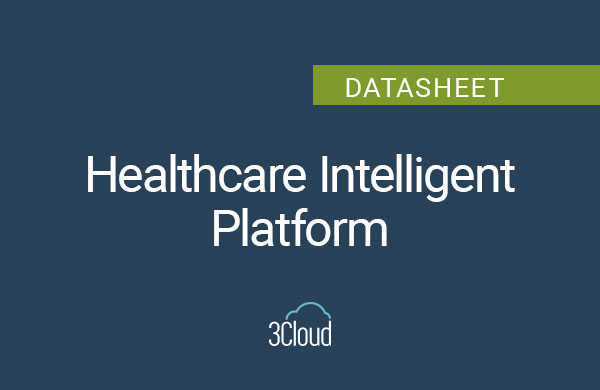In today’s world, you are at a competitive advantage if you can move quickly from vision to deployed product. If you want to move quickly, but you’re still mucking around with on-premise servers, networking, credentialing, and storage, then this post is for you.
Does this sound familiar? You need to get a new application into production, and you groan internally at the huge number of people you’ll have to wrangle so they can complete a large set of tasks: provisioning virtual machines, setting up network routes, configuring firewalls, procuring application credentials for data access, installing certificates, and on and on.
And that’s just to get the application up and running for the first time! Once maintenance mode is entered, you have to ensure servers and devices stay up to date with patches, deal with application scaling, maintain deployment windows, manage uptime, provide monitoring, prevent hackers, provide disaster recovery environments, make application and data backups, and more.
In the best-case scenario, you have in-house domain experts in all of the above subject areas, ready and able to jump in to help. In the usual case, though, moving an application through these phases is slow, error-prone, and costly. Even getting the right people together for an initial kickoff meeting could set you back a week or more!
Things start to come unhinged when requests for new, unfamiliar infrastructure arise. This is when unintended consequences start to creep in. As IT staff trudge through the new infrastructure technology, their goal almost always becomes “getting it out the door”. The cost of doing so without fully understanding the performance, security, or maintenance issues that might arise from half-baked solutions can be devastating. You don’t want to be the next victim of a breach because of misconfigured infrastructure.
Enter serverless computing. While all of the above is certainly viable as a delivery model, it comes at a fairly high cost. Imagine a world where virtually all of the above mess goes away, a world where your IT professionals can focus on your core business values instead of wasting time on repeatable infrastructure tasks.
When you go serverless, your Ops personnel can focus on enterprise-wide application concepts, such as deployment, monitoring, and security. Your Dev personnel can focus on writing software for your business instead of spending time in meetings trying to acquire one more server. Your QA folks can spool up new environments to do regression testing with a few clicks. Performance and load testing engineers can scale up a test environment to match production capacity with one single configuration change and easily tear it back down again when they’re done to save costs.
A short list of advantages serverless computing brings you:
- Accelerated delivery to market: Skip the infrastructure headaches and move right to delivery
- Freedom to focus on your core business competencies: Automate repetitive infrastructure implementation tasks
- Enterprise-class security: Microsoft makes security their number one priority with their cloud offerings
- Compliance: Cloud providers are compliant with dozens of international, national, and local regulatory bodies
- Access and control: Control access to all cloud components at the user and application levels
- Disaster recovery: Disaster recovery is as simple as automatic replication to multiple geographic regions
- Scalability: Scale your apps up and down automatically based on utilization
- Monitoring: See real-time information about each cloud component’s health, utilization, and connectivity
- Cost management: Pay only for what you need, and see all of the costs in one place
Doesn’t this all seem magical? If serverless is so great, why isn’t everyone doing it already? The short answer is: moving from a legacy software delivery lifecycle to one that involves serverless computing takes effort and expertise. At Polaris, we’ve spent thousands of hours crawling through the jungle of Azure offerings, honing in on the most valuable practices and tools, so that we can offer our clients simple, straightforward packages that will supercharge their transition to a serverless architecture.




